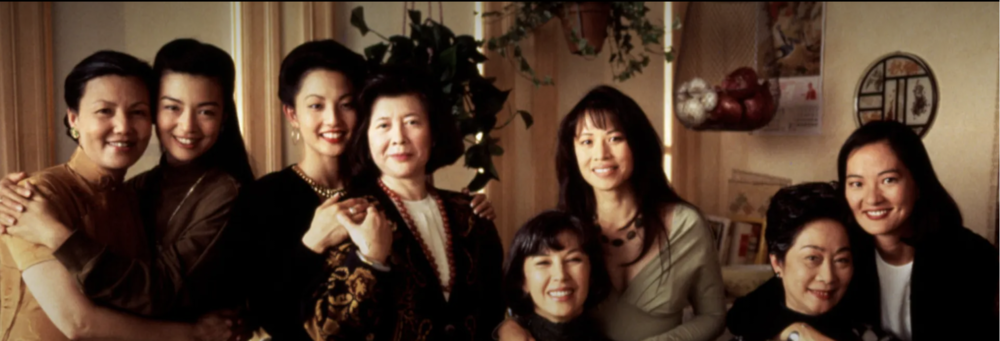
The Joy Luck Club
Amy Tan, an American author, wrote the Joy Luck Club.
The story focuses on four Chinese American immigrant families in San Francisco who start a club known as The Joy Luck Club, playing the Chinese game of mahjong and sharing their past stories through multiple perspectives.
On this web page, I am about to analyze the theme of The Joy Luck Club through structure, development, word choice and point of view of the author.
Main Characters in the book.
Suyuan Woo
↓
June Woo
Ying-Ying
↓
Lena St. Clair
An-mei Hsu
↓
Rose Hsu Jordan
Lindo Jong
↓
Waverly Jong
[Mother and Daughter Relationship]
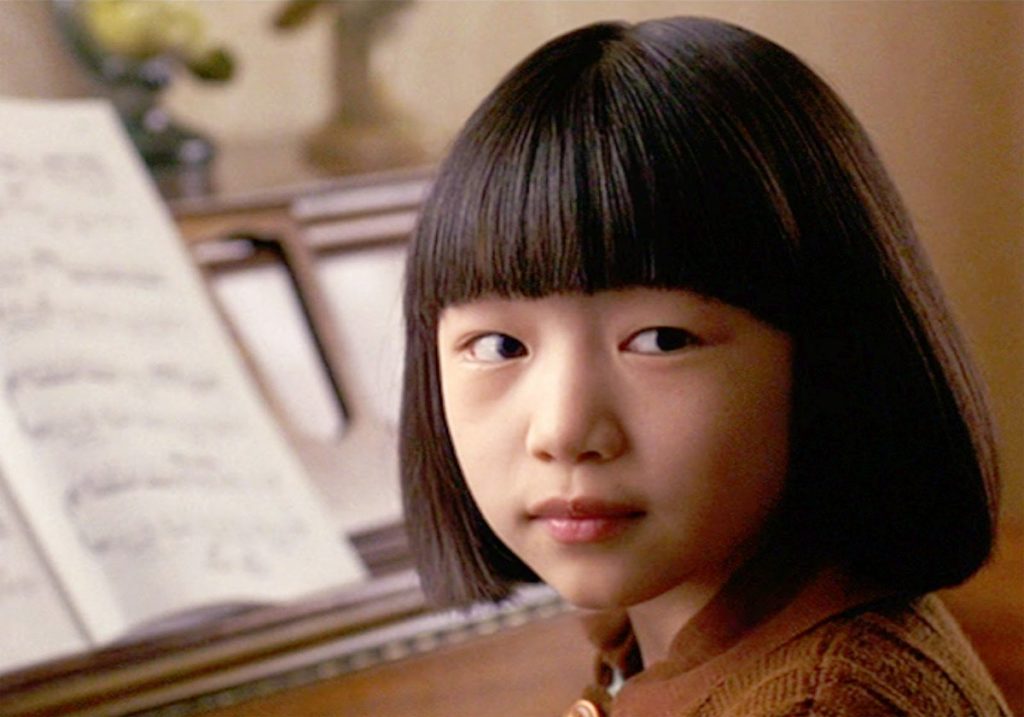
June Woo
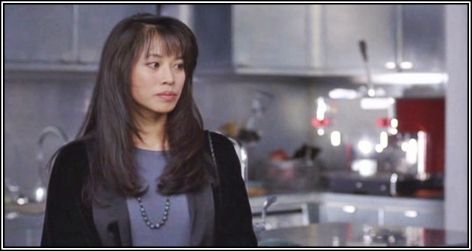
Lena St. Clair
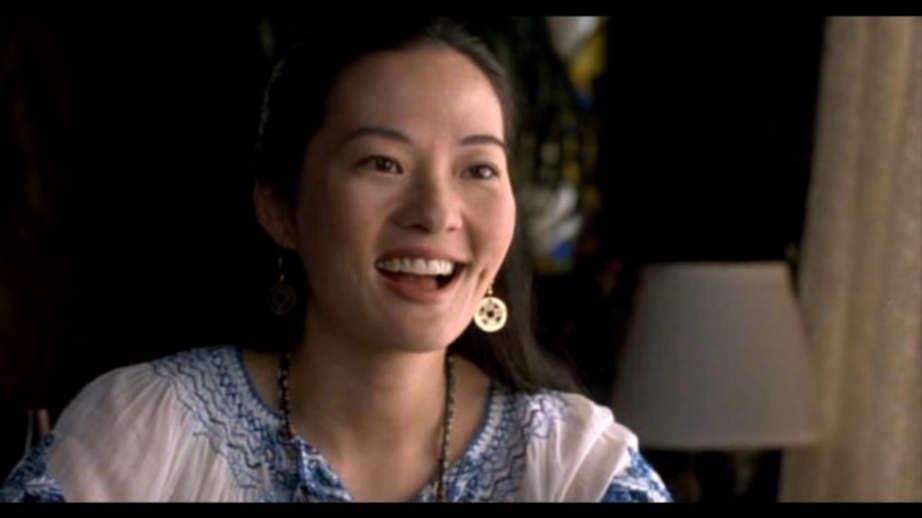
Rose Hsu Jordan
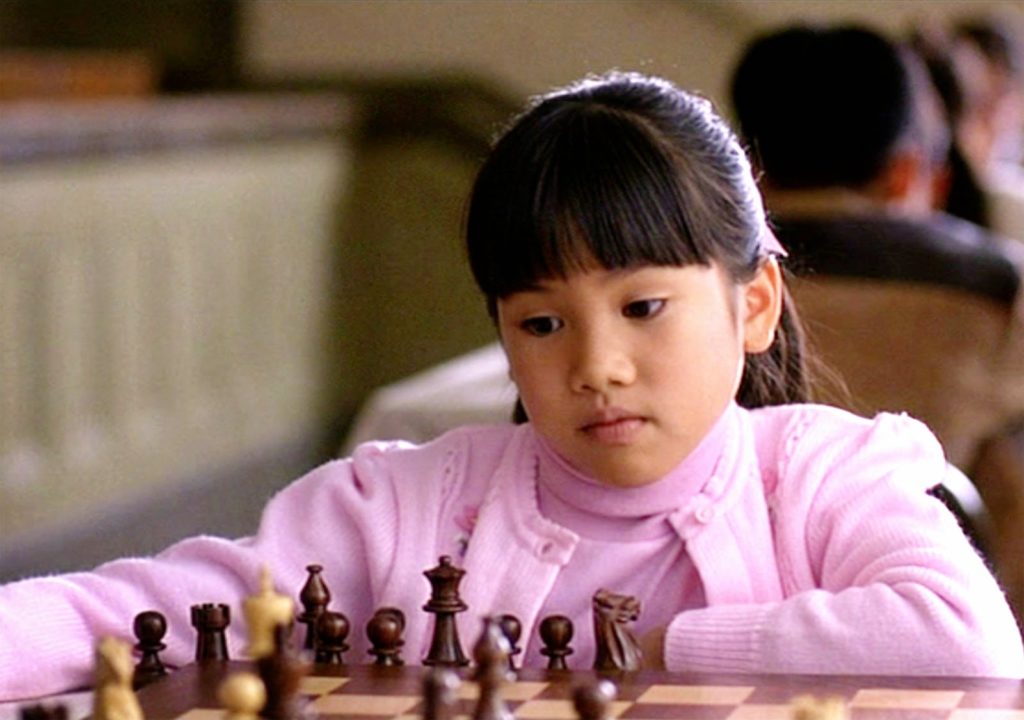
Waverly Jong
Theme & development
One of the themes that I’m most impressed with within The Joy Luck Club is the relationship between mother and daughter.
In the book, the author uses perspectives from different people to discuss the contradictory feelings caused by unpleasant events between mother and daughter to reveal the theme of inherent connections between mother and daughter.
In Chapter2, grandma calls An-mei’s mom a ghost, forbidden in local cultures. Because An-mei’s mom “betrayed” the family and ran away when An-mei was very young, An-mei has no memories of her mom. As the result of the propagation done by grandma, An-mei has nearly no sympathy nor sense of love in ordinary life. Nevertheless, when grandma was about to die, her mom came, and An-mei finally identified her love for her mom.
The Joy Luck Club.
This plot revealed the inherent connections between mother and daughter, no matter how many unpleasant things had happened.
This plot shows one of the most typical conflicts between mother and daughter because of misinterpretation and inaccurate expression.
In The Rules of Game, Waverly’s mother was so proud of Waverly’s achievements in Chess playing. As a result, she often takes Waverly on the street to brag about her daughter’s success. On the other hand, Waverly felt uncomfortable and shame while being bragged by her mother. So she raises her thoughts to her mother. Unfortunately, her mother Lindo misunderstand her ideas and believes that Waverly felt the shame of being her daughter. So Waverly runs away because of not being understood and unable to deal with the situation.
The Joy Luck Club, Chapter 5.
To better express the theme, Amy Tan uses the narrative arc first to point out the conflicts between mother and daughter(just like examples above) and propose the resolution of disputes by inherent connections.
In chapters 10 and 11 of The Joy Luck Club, there is an overall pattern in which the contents and conflicts in the formal part of the chapter or even throughout the novel have been resolved with short conversations or actions.
In “The Rules of the Game”, Waverly ran off from her mother by disliking her mother’s desire of showing off. Also, Lindo always escapes the discussion with her fiancé Rich whenever she talks about that, even they finally get a chance to eat together. Still, Rich lacks the culture of Chinese, which creates a disaster at the dinner table. After all, Waverly is depressed by her mother and Rich, which she thinks that her mother was the one who always controls her like a “pawn” and always sees her weak point. However, in the last part of this chapter, Waverly compromises with her mother by simple compassion: mistakenly thinking that her mother died because of her evil thoughts. In this chapter, the compromise of mother and daughter was only through the disarmed of assumptions that Waverly had to her mother for so long. From the complaining: “And she was the queen, able to move in all directions, relentless in her pursuit, always able to find my weakest spots” (158), to: “It was for me, a scared child, who had run away a long time ago to what I had imagined was a safer place” (161).
In “Without Wood”, Rose has been struggling with her divorce from Ted. Her mother, An-mei, are trying to pull him out of the depressed condition, but Rose thinks that her mother is trying to save their marriage. The problem being resolved is the relationship and self-confidence of Rose. To better illustrate the turning point of the plot, the author ingeniously uses the effects of sleeping pills to demonstrate the feeling of despair and loss: “falling smoothly into a dark space with no feeling of dimension or direction” (170). To emphasize the contrast, Tan uses the description of confidence and strength:
‘You can’t just pull me out of your life and throw me away.’ Finally, I saw what I wanted: his eyes, confused, then scared. He was hulihudu. The power of my words was that strong(173).
In addition, the author first creates the situation that the mother always compresses their children, but finally, through a dramatically turning of the relationship, mother and daughter’s conflicts are resolved. The author uses the first-person perspective to feel the sudden change of mood and experience the dramatic change in the book’s content (Waverly has been on the opposite side with her mother throughout the novel).
This dramatic turning of plots and the long foreshowing of the terrible relationship between mother and daughter in formal chapters could lead the readers to experience the degree of drama. The author states that most families experience conflict. To further explain, the author raises many examples of family conflicts to state that it is inevitable, both the conflict and their resolve. However, even though conflict and turning points exist in most families, the severity of conflict is critical in deciding whether the conflict can influence the mother and daughter relationship.
To put it another way, Tan developed the novel’s plots by narrative arc pattern, which emphasizes the significance of plot-changing contents at the end of the chapter. This also expresses the process of conflict and resolves that Amy Tan wants to interpret and state its inevitability. Also, the rhetoric effectively illustrated the feelings of the characters and triggered readers’ empathy.
The rising actions, climax and falling actions were contained in the articles that revealed the conflicts between people and their resolve.
The 1. exposition part is the memories of the older generations, which work like the basic information that foreshadows and manipulates the happening of everything.
In ‘Best Quality ‘, the 2. raising actions are June and her mother crabs and eating them on the table with their familiars.
However, the 3. climax begins when Waverly and June are trying to insult each other by the matter of money. Even though June turns out to be hurt by these arguments, her mother finally admits her excellent quality and gives her neckless, which these parts are like the falling action on the overall structure of the novel (183).
Finally, the 4. resolution of everything was in the last four chapters, where the new generations finally resolve and step forward to the successive stages of their lives.
structure & Word choice
These part are some interpretations of how the author make the novel more attractive and vivid.
In The Joy Luck Club, Tan mainly uses a fractured narrative to structure the novel. Within the story, the main narrator usually starts with a description of feelings of thoughts, then turns into a past account that triggers her to feel and believe—for example, the first two chapters, ‘The Joy Luck Club ‘ and ‘Scars ‘. The first chapter introduces the situation of June Woo in the present; however, the content changes into the death of her mother in the past. Also, in chapter two, An-mei first describes her understanding of her mother, which the plots change immediately into the day she got her scars when meeting her mother.
fractured narrative
Overall structure
in the first four chapters, the author first introduces the life stories of older generations, like Lindo, An-mei and Ying-Ying. For example, Popo treated An-mei and estranged her mother and Lindo’s early marriage, and her pathetic experiences manipulated Huang Tai-tai. After letting the readers understand these backgrounds
Amy Tan uses the following four chapters to interpret the struggle and conflicts between the new generations: Waverly, Lena, Rose, and June with their mothers. To illustrate more, the disputes of Waverly running away from her mom and Lena struggle between her mother and father are typical examples.
In the following four chapters, the author then explains the stories that happen between the new generations (Waverly, Lena, Rose, and June) with their husbands and resolve conflicts with their mother. Like June, her mother finally recognized “the best quality” (183) by giving the neckless passed down generations and generations in their family. Also, Waverly finally understands how desperate that her mother want the best for her.
Finally, the last four chapters resolve everything; June and Waverly go to China and break Lena’s and Rose’s marriage.
the novel’s structure weakens the protagonist’s centralization but allocates it into the four prominent families.
• These could guide the readers to focus on only one person and pay attention to every main character.
• The author may tell the story to script the central theme of the mother and daughter relationship through different perspectives.
• To illustrate more, the four main characters all have conflicts with their mother but with various topics. For Waverly, the desire of Lindo trying to brag to everyone about Waverly agitated her. For June, she felt the unrecognize of her mother. In addition,
Protagonist Decentralization
The word used in The Joy Luck Club is one of the most prominent traits that distinguish it from other novels.
intentional grammar mistake
readers can discover that many grammar mistakes appear when Waverly’s mom is speaking. These grammar mistakes such as “Let me see the book,” “They not telling you…” (81) are not making any sense in grammar. Therefore, the author uses this kind of “Chinglish(translate ‘Let me see the book’ straightly means 給我看書, which makes lots of sense in Chinese.)” to establish the Chinese identity in the first impression.
Establish
Identity
Creat sense of contrast
Instead of helping to state the Chinese identity, grammar mistakes also contrasted between China-mainland-grown-up and America-grown-up people. Consequently, if no contrast were created, it would be difficult for the author to unfold the dispute between the mother and the daughter in the farther part of the story. Meanwhile, incorrect grammar is one line that strings together the plots that demonstrate the relationships between Waverly and her mother.
Through Fractured Structure and Intentional Grammar Mistakes, Amy Tan has creat a novel full of Chinese elements. Also, the jump-back between memories and realities keeps the readers attracted to further development. Even though the non-linear content could distract readers, each chapter has its climax and resolution, as does the whole book.
point
of
view
One of the point of view of the author is to show the inevitable of conflicts and resolves family problem.
Through exampling so much conflicts in the four prominent families, Tan emphasise many kinds of conflicts that could happen. For example, mother’s dispite to daughter’s fiancé, daughter’s struggle of self-achieving under mother compression tranditional thought. Also examples of mother does not know the way of showing their love toward to daughters.
After several conflicts and disputes, Tan shows the change brought by small actions and feelings that awaken the inner connections between mother and daughter(or awaken inner strength). Through the same thing happening in the four leading families, it seems to be inevitable, just like the sweet pain.
An Example:
1. In “The Rules of the Game”, Waverly ran off from her mother by disliking her mother’s desire of showing off.
2. Also, Lindo always escapes the discussion with her fiancé Rich whenever she talks about that, even they finally get a chance to eat together. Still, Rich lacks the culture of Chinese, which creates a disaster at the dinner table.
3. After all, Waverly is depressed by her mother and Rich, which she thinks that her mother was the one who always controls her like a “pawn” and always sees her weak point.
4. However, in the last part of this chapter, Waverly compromises with her mother by simple compassion: mistakenly thinking that her mother died because of her evil thoughts. In this chapter, the compromise of mother and daughter was only through the disarmed of assumptions that Waverly had to her mother for so long.
Woopsssss, it’s the end.